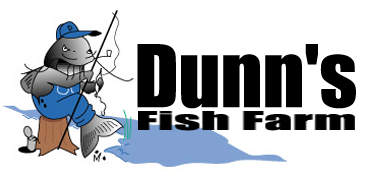Greetings!
It is fairly common to encounter horsehair worms
around a pond or stream. Horsehair worms are 1/25
to 1/16 inch in diameter and may be over three feet
long. Their color ranges from yellowish to brownish-
black. Although they look frightening, they are no
danger to man.
Adults are free-living in
water for up to six months and do not eat at all.
Females lay strings of up to 27 million eggs. The
next part of their life cycle is not well understood.
After the eggs hatch, the larvae may stay in the
water or may form cysts on plants around the
water’s edge. Microscopic larvae get swallowed by
an insect like a cricket, grasshopper, etc. The larvae
then bore through the intestine and become
parasites. When the host insect dies, the adult
horsehair worm will leave. By some unknown
mechanism, it seems the worms get the host to seek
out water just prior to this.
Horsehair worms get their name from the mistaken
belief that hair from horses falling into water troughs
mysteriously came to life. Another name for these
creatures is Gordian worms. This name comes from
the fact that sometimes 100 or more worms will often
ball up and appear to tie themselves in a knot. In
Greek mythology, Gordius, the king of Phrygia, around
330 B.C. used an intricate knot to tie a chariot to a
pole. Whoever untied the knot would be declared
the ruler of all Asia. Rather than untying the knot,
Alexander the Great cut it with his sword.

